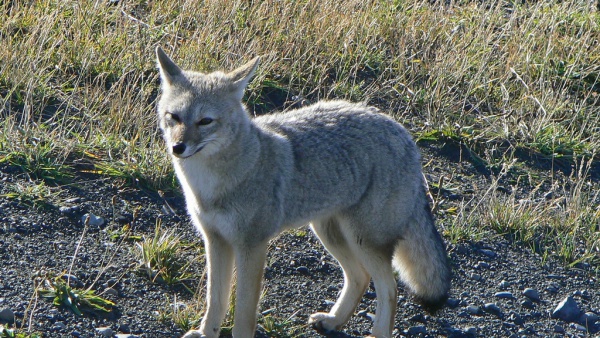Facts About South American gray fox
The South American gray fox, also known as the Patagonian fox, chilla, or gray zorro, is a captivating small canid native to the southern regions of South America. This diminutive, fox-like animal is distinguishable by its reddish-brown head, large ears, and brindled coat. Weighing between 2.5 and 5.45 kilograms and measuring 65 to 110 centimeters in length, it is a compact yet striking creature.
These foxes inhabit the Southern Cone of South America, primarily in Argentina and Chile, and they adapt well to various environments, from arid scrublands to lush forests. Their diet is diverse, including mammals, birds, insects, fruit, and even carrion. However, small mammals, such as rodents, are their main food source.
The breeding season for the South American gray fox begins in early autumn. Following a two-month gestation period, the female gives birth to a litter of two to four kits.
Living near urban areas poses risks for these foxes. They are often hunted for their pelts and may come into conflict with humans over food sources like chickens and sheep. In the wild, they face competition from larger culpeo foxes, which typically pursue bigger prey like the European hare. In contrast, the gray fox primarily hunts rodents and insects.
Despite these challenges, the South American gray fox plays a vital role in its ecosystem. As both a scavenger and a seed disperser, it contributes to maintaining the biodiversity of its habitat. Its varied diet and adaptability make it an indispensable part of the natural landscape in the regions it inhabits.

 Bolivia
Bolivia